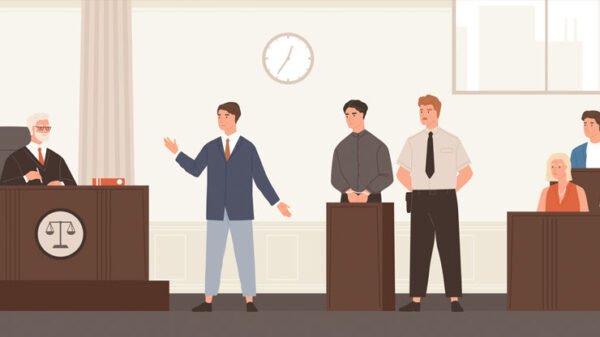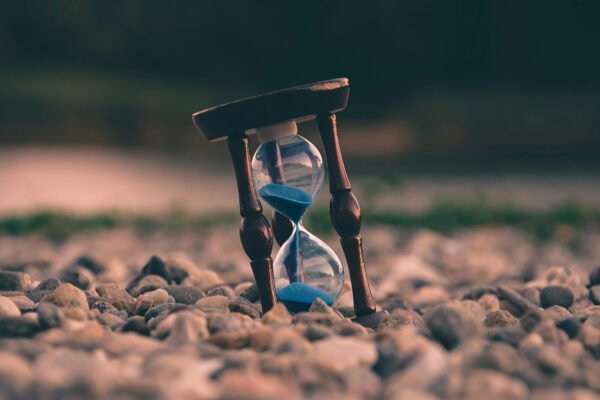No products in the cart.
- Home
- All Passive Income Methods
- Want to See How Much Other People Earned?
- Beginner’s Guide to Passive Income
- My Journey on Passive Income that 99% Population Don’t Hear About
- Litigation Financing – 30% ROI Anyone?
- IPO Under 90 Days!
- IPO Hopeful
- Unicorn Potential?
- An Enjoyable Hobby That Appreciates Too?
- Microlending in Africa
- How You Profit from Beyoncé and Bieber?
- Private Lending
- Tax Lien & Tax Deed in US
- You Can Still Get Bitcoin for $50K???
- A New Strategy with 40%–90% ROI in Year 1
- About Us
- Contact Us
30% ROI Anyone? (6) – Trial Details?
Continuing from the last post, they mentioned that besides getting back the principal plus 30% profit within 12 months, they also lock a portion of the remaining profit for trial on top of the 30% profit that they distribute back to investors.
I then asked, isn’t it true that most cases don’t go to trial? Wouldn’t distributing 100% of the profits be better?
They explained that it’s a probability game. A 20-30% annual return isn’t much; in this industry, people aim for multiple returns, meaning they want several times their investment back.

The core reason they group multiple defendants into a single case is this: small settlements from multiple defendants usually can get more than the principal and 30% ROI back to investors within the first year, but more importantly, having many defendants increases the chance of selecting 1-2 major cases to go to trial from these case groups as settlement negotiation continues.
During the claim construction and settlement negotiation process, having more defendants means more facts are disclosed. This increases the likelihood of gathering evidence favorable to the plaintiff (aka the patent owner), which can affect the initial damage estimate. If there’s solid evidence on infringement, validity, and IPR, the potential damages could exceed $100M, with a winning rate of over 90%. If there are still two defendants who haven’t settled, the total damages could reach $200M. At this point, having already secured the principal and first-year profit, further settlements aren’t as valuable. Pursuing a $200M damages might only require a few million in additional costs to go through the trial, with a high chance of winning and limited downside. So why not go to trial in this circumstance?
However, it’s not always about going to trial. Their flexibility lies here: after distributing the first-year principal and profit, they lock the remaining profit in this case group, pushing lawyers to prepare trial materials to pressure the remaining defendants. They inform the defendants that their competitors have settled and provided more evidence, they’re preparing for trial, and the damages range estimates exceeds $100M now. This forces the defendants to consider whether they want to go to trial. Sometimes, the defendants choose to settle just before the trial, but the settlement amount has likely increased from tens of thousands to potentially hundreds of thousands. This way, investors can continue to receive distributions, which is pure profit.

If the defendant still wants to go to trial, the fund will ask existing investors if they want to invest capital for the trial since they have the first right of refusal. If they choose to participate, the investment goes into the trial phase. By this time, claim construction, damage estimates, infringement, and validity work are already completed, providing comprehensive risk assessment information. The goal is to leverage a few million to win hundreds of millions. If they win, the returns are multiplied; if they lose, the worst case is not recovering the principal.
I was skeptical and mentioned my experience with lawsuits, which usually take years. They said that high-stakes patent cases in the U.S. are different. By the time a case goes to trial, it has already been through 12-18 months of preparation, so the trial itself is quick, often finishing within a week, with a verdict the next day. Generally, it takes 3 weeks to complete, and at most 2-3 months.
I was surprised at how fast the U.S. process is (more detailed data on this will be shared later in this series).
I asked them, so if we invest in the trial, we can either win big or lose all within a few months? They confirmed, unless there’s an appeal. If plaintiff (patent owner) wins and the other party appeals, it takes a few more months; if plaintiff (patent owner) loses and they appeal, it’s also a few more months.
I remembered a point and asked: if we win, but the defendants appeal and win, then wouldn’t we lose everything?
Surprisingly, they said there’s insurance for that! They said they would insure the initial awarded damages, so even if they have to go through an appeal process, they won’t lose the initial damages awarded to them due to the insurance coverage.
I was amazed again by the financial tools in the U.S. Incredible!
So, it seems like the entire case cycle is first 12-18 months for the principal plus 30% profit, then within 12 months for trial profit (if they win). Next time, we’ll discuss how the profits are distributed in detail.
